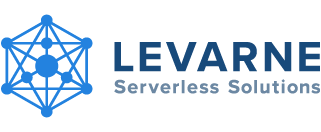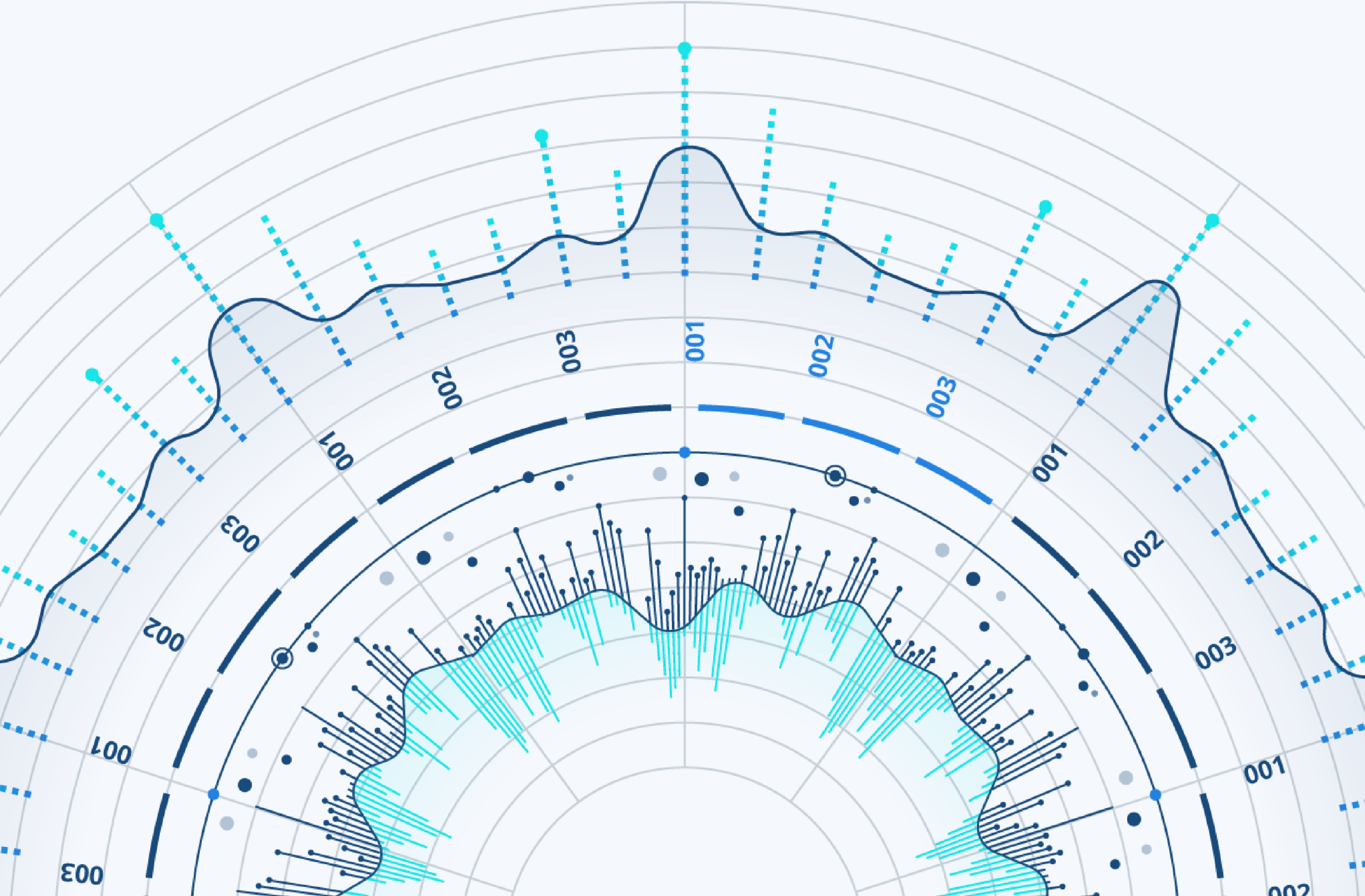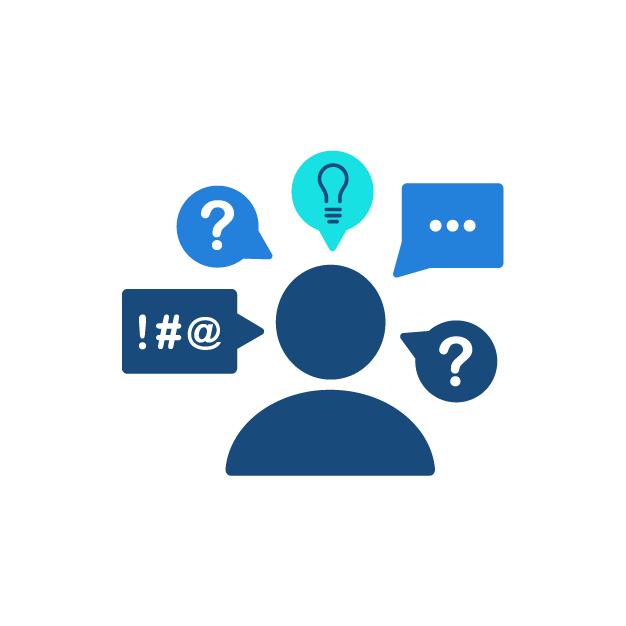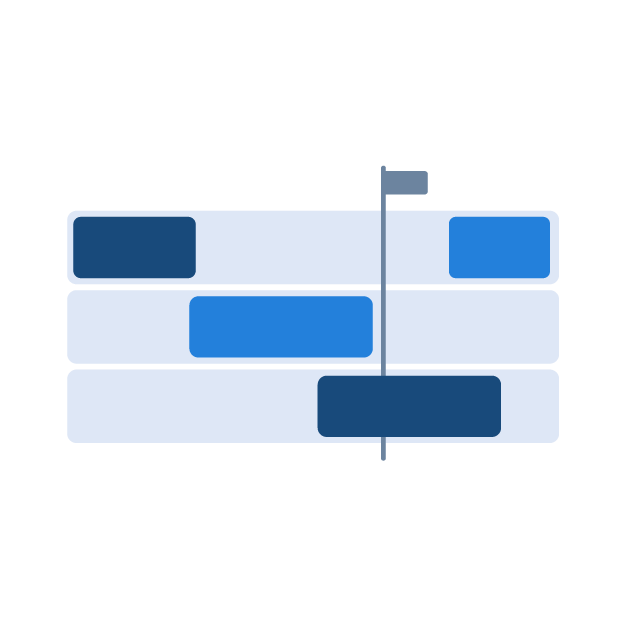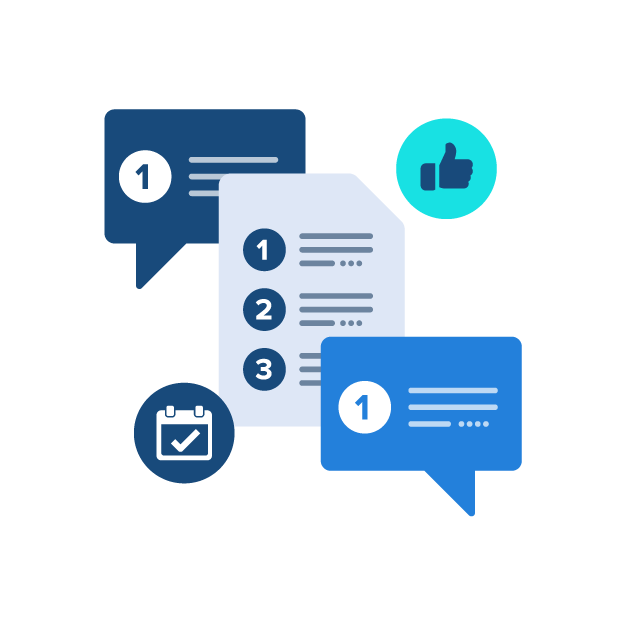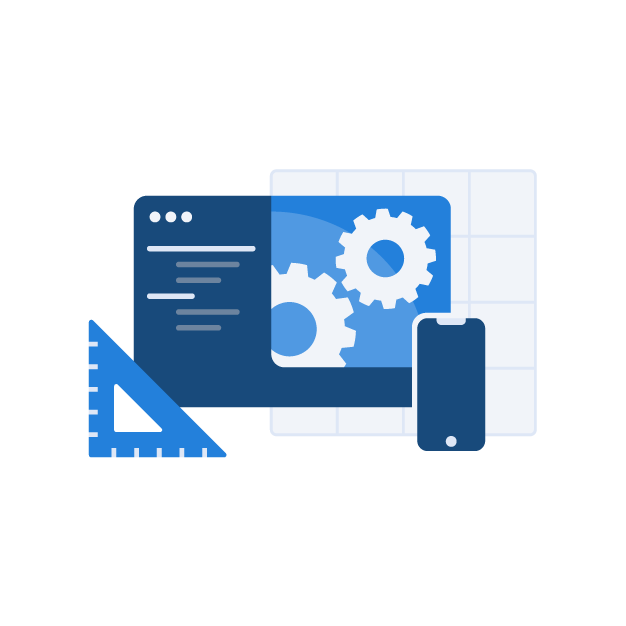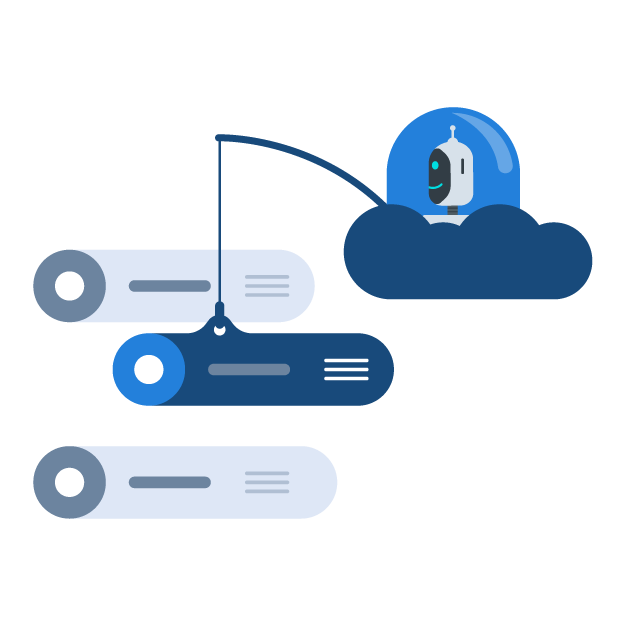Services
Development as a Service
Development as a Service
Flexibility and the ability to execute, that's what modern software development is all about. Use a user interface designer when you need it in combination with integrated front-end developers who know when to call in an architect. How would a flexible, multidisciplinary team fit within your organization? Levarne offers this service based on needs, based on your result demand So the result of a product spread over several months.
Levarne offers an opportunity for a working method in which we share a shared responsibility for delivery terms. This is parallel to the priorities of the client. Levarne is a remote development team, development as a service. With this we offer an alternative to the traditional time-material solution.
We work together with the client to carry out work under shared direction, shared risks of delivery and cost control. We give the development team fixed goals per month, parallel to the client's calendar. For each period, it is agreed which new functionalities and new insights will be built and applied in the production environment.
By deploying multiple profiles, part-time, a new functionality is rolled out in a short period of 7 to 13 weeks, where results must be immediately visible to everyone per phase of 1-3 weeks. This method provides grip, control and of course visible results. We put together a monthly price, based on the deployment of various profiles.
Levarne has a method to deliver results with multiple profiles in a short period of time. For example, a UIx designer is necessary for better front-end development. See MVP in 7 weeks for this.
Roadmap
What problems do you run into?
To start, we make an insight of the challenges you face. Which issues have caused problems in the past? Which issues do you foresee in the future? What developments are imminent? How do you want to serve your customers better? These kinds of questions provide answers to the plan we are going to work with.
What problems do you run into?
To start, we make an insight of the challenges you face. Which issues have caused problems in the past? Which issues do you foresee in the future? What developments are imminent? How do you want to serve your customers better? These kinds of questions provide answers to the plan we are going to work with.
Divide problems into partial assignments and coordinate a roadmap for the next six months
Once the broad outlines are clear, we will divide the problems into partial assignments. The smaller and clearer the assignment, the better it is to tackle. We then draw up a roadmap for the coming six months in which these assignments will be reflected. At Levarne we work with Jira for project management around the execution of the partial assignments. The partial assignments that we determine at this stage are divided into so-called epics (see image below). Together we determine the plan that we will work on for the next 6 months.
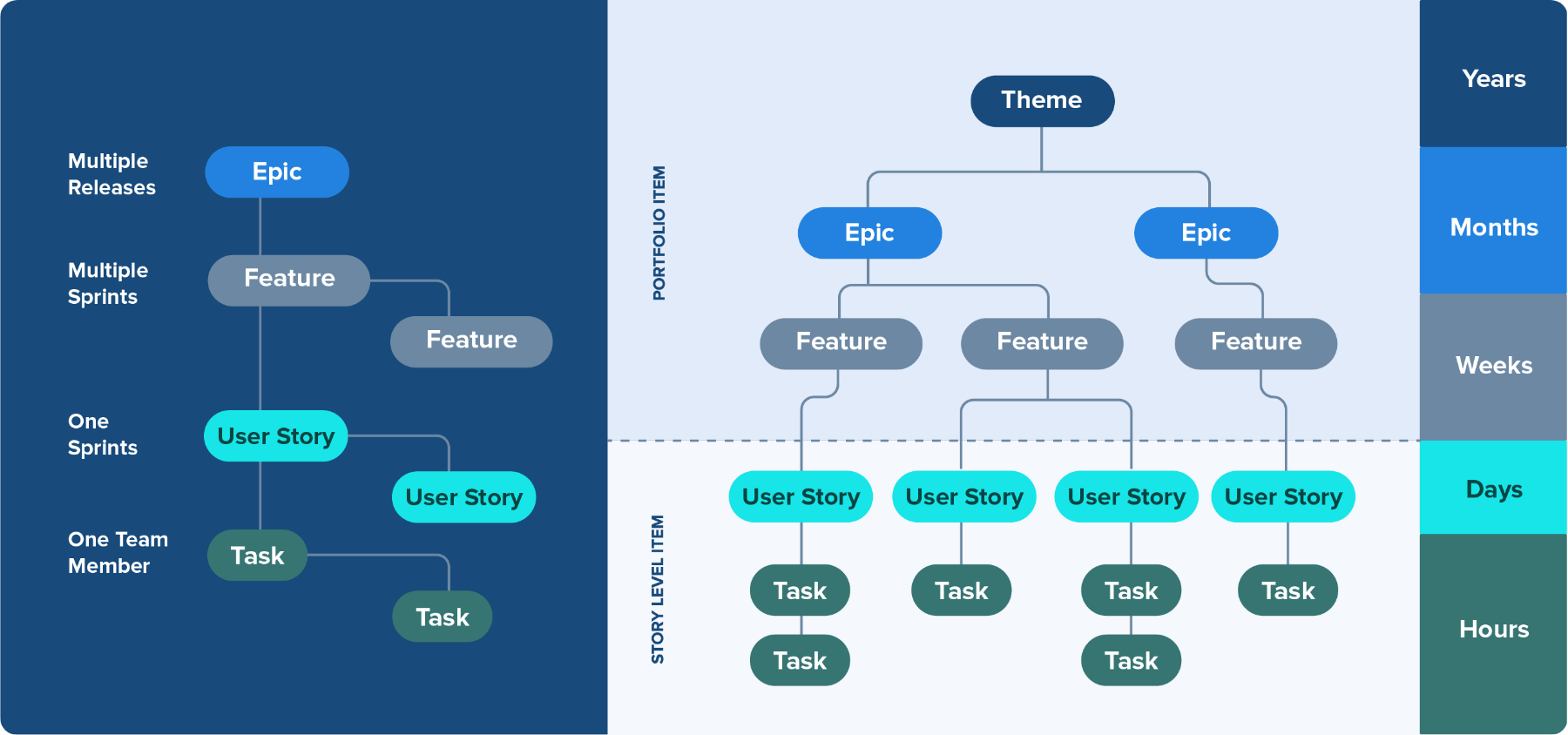
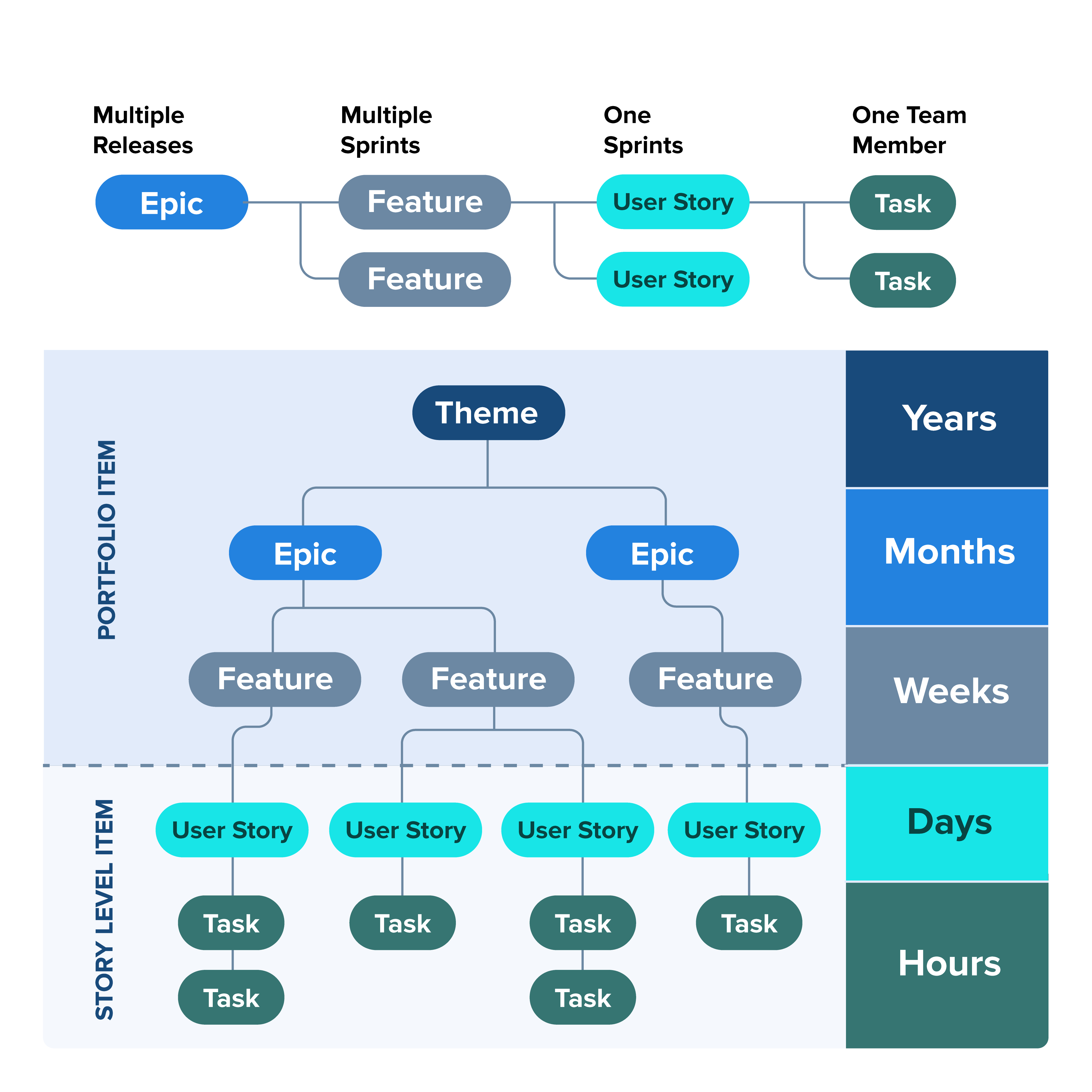
Divide problems into partial assignments and coordinate a roadmap for the next six months
Once the broad outlines are clear, we will divide the problems into partial assignments. The smaller and clearer the assignment, the better it is to tackle. We then draw up a roadmap for the coming six months in which these assignments will be reflected. At Levarne we work with Jira for project management around the execution of the partial assignments. The partial assignments that we determine at this stage are divided into so-called epics (see image below). Together we determine the plan that we will work on for the next 6 months.


Determination of the priority by the client
Based on the roadmap, the client determines which assignment(s) Levarne will work on first. Which functionalities provide a result the fastest?
Determination of the priority by the client
Based on the roadmap, the client determines which assignment(s) Levarne will work on first. Which functionalities provide a result the fastest?
Coordination, requirements and agreements
When the priority has been determined, the requirements must be clearly described for the functionality to be built. What is the desired end result? What requirements must contain? Which functions should work? These functions are divided into stories and tasks in Jira (see image below). Together we determine a release date.

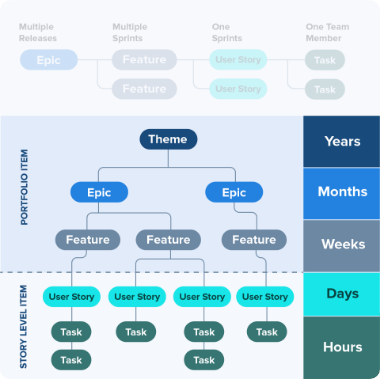
Coordination, requirements and agreements
When the priority has been determined, the requirements must be clearly described for the functionality to be built. What is the desired end result? What requirements must contain? Which functions should work? These functions are divided into stories and tasks in Jira (see image below). Together we determine a release date.


Finish functionality, testing by the client
We will then get to work. Levarne works with a multidisciplinary team. A multidisciplinary team consists of people with different profiles and backgrounds, who are specifically combined to achieve a specific goal. The team works closely together, has a lot of decision-making power and thus serves its own group of customers. By merging different profiles, a team can give more complex advice or come up with a better solution. Merging people with different profiles to tackle problems is not a new phenomenon, but such an approach has become more popular over the past decade as problems have become increasingly complex.
Finish functionality, testing by the client
We will then get to work. Levarne works with a multidisciplinary team. A multidisciplinary team consists of people with different profiles and backgrounds, who are specifically combined to achieve a specific goal. The team works closely together, has a lot of decision-making power and thus serves its own group of customers. By merging different profiles, a team can give more complex advice or come up with a better solution. Merging people with different profiles to tackle problems is not a new phenomenon, but such an approach has become more popular over the past decade as problems have become increasingly complex.
Testing, adjustments, acceptance by the client and delivery to production
When the functionality has been completed, it is the client's turn to also test this properly. This takes a relatively long time, so attention and time from the client is required for this. This test round may result in points that need to be adjusted. We will work on minor adjustments. Major (new) adjustments are included in the roadmap. After the adjustments have been made, the functionality is accepted by the client. It is then brought to production. Time to celebrate!
Testing, adjustments, acceptance by the client and delivery to production
When the functionality has been completed, it is the client's turn to also test this properly. This takes a relatively long time, so attention and time from the client is required for this. This test round may result in points that need to be adjusted. We will work on minor adjustments. Major (new) adjustments are included in the roadmap. After the adjustments have been made, the functionality is accepted by the client. It is then brought to production. Time to celebrate!
Determine new priority, functionality and requirement, continuation of cycle
We know better than anyone that priorities can change over time. Features that were further planned at the beginning of the year may suddenly require more action. In the meantime, we agree with each other whether the roadmap is still correct or whether things need to be brought forward. In this way we keep the added value for your platform up to date. The process starts again at step 3.
Determine new priority, functionality and requirement, continuation of cycle
We know better than anyone that priorities can change over time. Features that were further planned at the beginning of the year may suddenly require more action. In the meantime, we agree with each other whether the roadmap is still correct or whether things need to be brought forward. In this way we keep the added value for your platform up to date. The process starts again at step 3.
